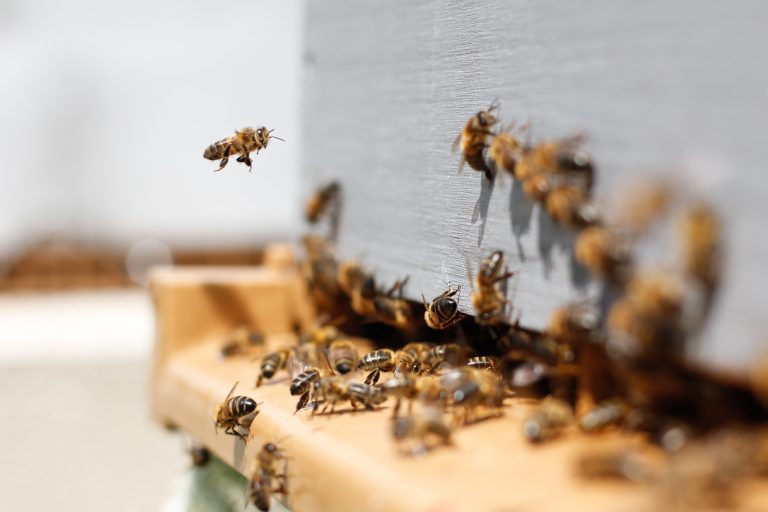A pink snail from Australia has survived bushfires. He lives in one place in the world

Scientists feared that a unique species of snail that lives only on the slopes of an extinct forest in New South Wales had become completely extinct during the recent bushfires. Fortunately, National Park officers discovered 60 surviving pieces of this species.
The fluorescent pink snail, which was discovered just a few years ago, occurs exclusively on the slopes of Mount Kaputar, an extinct volcano in New South Wales, Australia. Despite concerns, it turns out that the species survived the bushfires that completely destroyed its habitat.
Rangers from Mount Kaputar National Park came across about 60 pieces of these unique animals. On Facebook, park officials admitted that they feared the species had become completely extinct. “They may not be as cute as koalas, but this species also plays an important role in its ecosystem,” they emphasize in the entry.
Some snails survived the fires because they managed to hide in rock crevices. The fire burned in the area for more than six weeks from October to December 2019, covering more than 18,000 hectares.
However, Frank Köhler from the Australian Museum emphasizes that about 90 percent the population of snails living in tree bark died in the fire, and the fire destroyed many of their food sources – mushrooms, moss and mold. However, the scientist believes that the various species of snails inhabiting Mount Kaputar will quickly regenerate and rebuild their populations. He also emphasizes that global warming remains a huge problem for many species living in this area.
Mount Kapatur was formed by an extinct volcano and is home to at least 20 species of snails found nowhere else in the world, including 3 carnivorous snails. According to The Guardian, the park area has been identified as an endangered ecological community, the first of its kind in Australia. Currently, the park remains closed to visitors due to the destruction caused by the fires.






